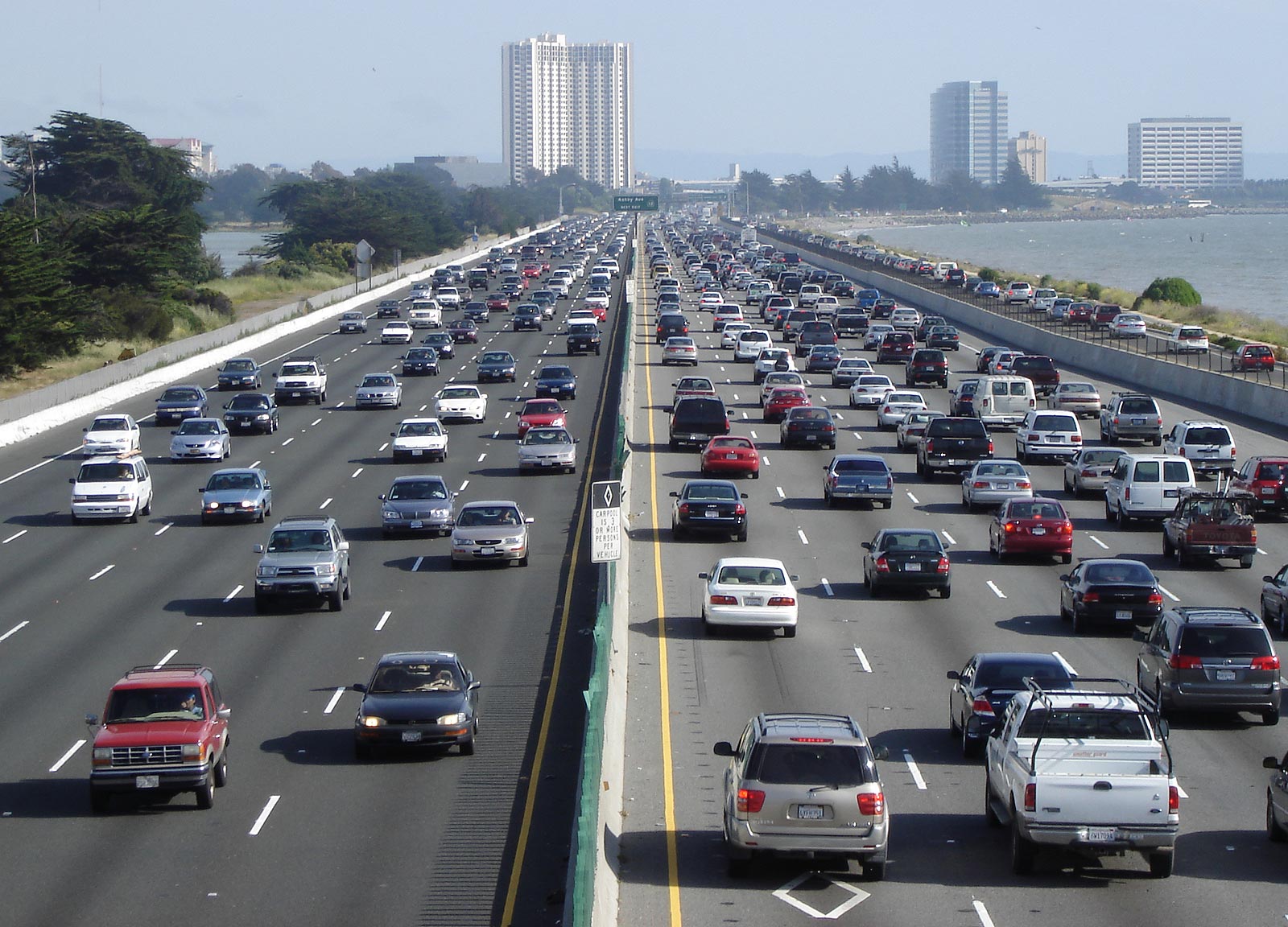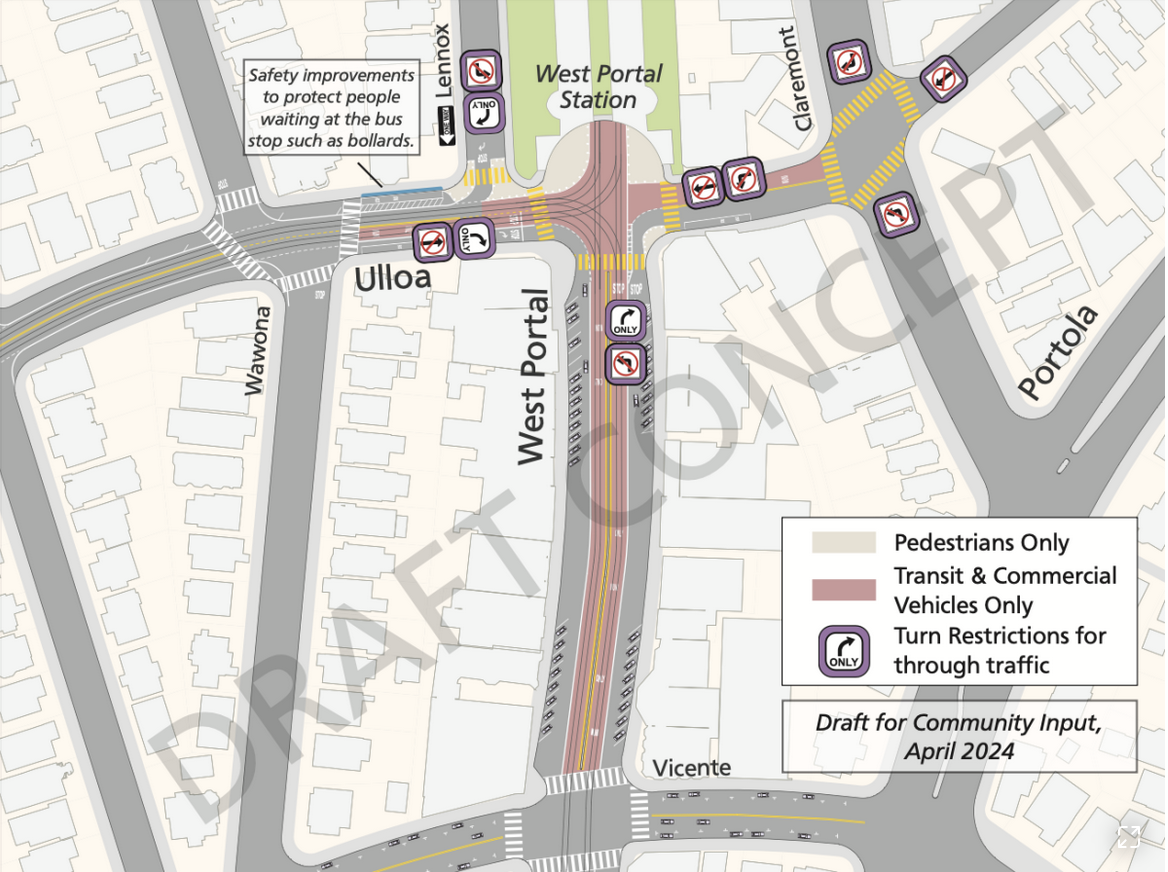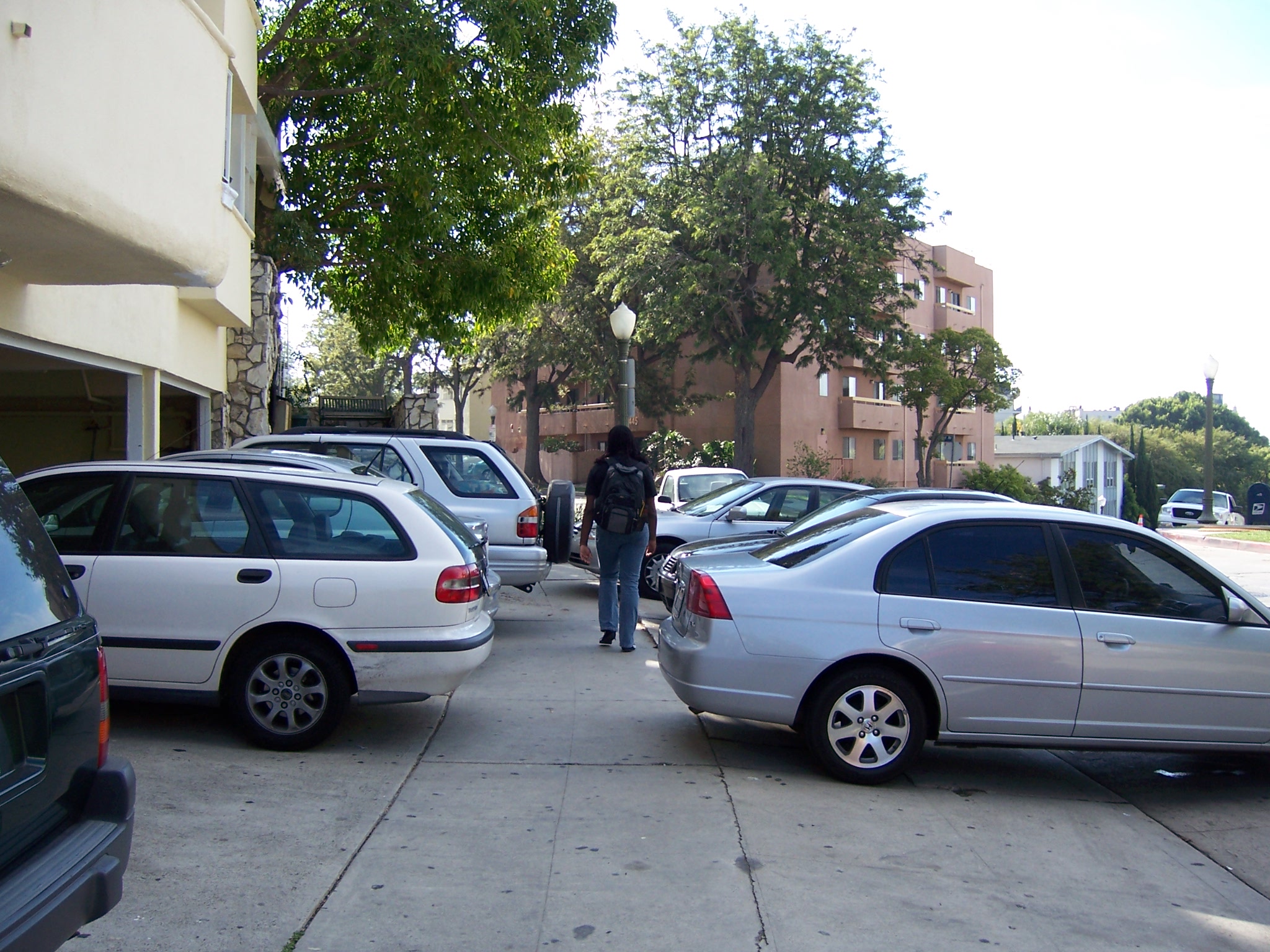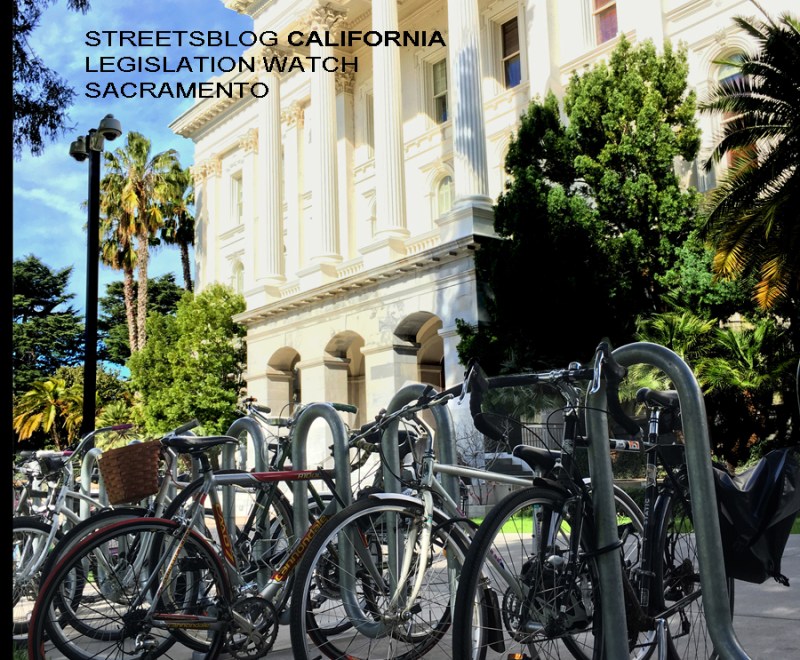Right now and for the next few months, there is a huge opportunity for California to create the basis for a future transportation system that works for everybody. S.B. 1, which was recently passed by the legislature, will raise gas taxes and vehicle registration fees, and for the first time in years there will be a lot of money available for California's transportation system.
The revenue is slated to “fix roads”--that is, repair potholes and bridges, repave roads, and catch up on maintenance that has been deferred for decades. At the same time, the legislature recognized that just repairing roads will not fix some of the other transportation problems in the state, and thus allocated some of the revenue for transit, for biking and walking, and a bit for research into making transportation work better.
It's a scattershot approach. The bill created new programs and will allocate money to already existing programs, each with its own rules and goals, but not all of them are aligned with state goals of clean air and reduced greenhouse gas emissions.
The California Transportation Commission (CTC) is charged with creating guidelines for some of the programs, new and old. The process started a few weeks ago with a two-day-long workshop on what the programs should prioritize.
The workshop began with speeches from commissioners and agency heads urging a speedy process. Many of the speakers repeated a version of the phrase “Let's not reinvent the wheel,” saying that existing guidelines should be adequate.
But that push for speed doesn't leave time to think carefully about how to align transportation investments with climate change and livability goals.
When attention turned to the individual programs, the conversation quickly bogged down in the weeds. A lot of questions from participants seemed aimed at finding out whether their individual projects would qualify for funding. This is understandable, since they represent local agencies trying to find funding to get projects built. Appropriately, they are some of the people who should be offering their feedback and perspectives on how the programs should be shaped.
But they are not the only ones. Advocates at the workshop urged restraint and careful consideration of issues like who benefits and who doesn't benefit from state investments. Shrayas Jatkar, a policy associate for the Coalition for Clean Air, said while it was important not to reinvent the wheel, “sometimes you have to change the tires.”
For example, he said, when considering projects that are meant to increase freight capacity, “We need safeguards to ensure any capacity increase is specifically for freight efficiency. We need to think differently when it comes to freight infrastructure projects,” and not just keep investing in corridor expansion. “We need to think about rural vs. urban solutions. We need to consider nuanced ways of putting limits on highway capacity expansion” so that we're not just inducing more travel, he said. “We need to consider parameters that can be introduced over time.”
And it will take time to figure out. For example, language in S.B. 1 requires freight investments to take into account their “total economic and noneconomic benefits to California's economy, environment, and public health.”
“But how do you calculate those?” asked Shrayas. “And what exactly do you calculate? And how will that information be used to help choose projects?”
“It's also important to take into account how much effort goes into gathering this data,” he said. “We've seen this with the Active Transportation Program. Some regions have easy access to data, but some don't.”
The relatively tiny Active Transportation Program could be a model for other programs to follow as they formulate their guidelines. That's because during the process of its formation, many of the same issues were brought up, discussed, and incorporated into the ATP guidelines.
While details on many of the programs remain to be worked out, the process has begun.
To start, this week the CTC held workshops to gather feedback on its planning grants program. There is $25 million annually available for transportation plans, and $20 million over three years for local and regional agencies to plan for climate change adaptation and resiliency.
But attendees at this early workshop complained that there was too little time to absorb and give feedback on the proposals floated by staff. Attendees raised questions about whether regional agencies should have control over allocations and projects, and what the size of the grants should be.
On Wednesday - tomorrow - the first workshop on a new S.B. 1 program, called Solutions for Congested Corridors, will be held in Sacramento before the regularly scheduled monthly CTC meeting.
That first workshop will present information about similar programs that could serve as a model for this one, such as the state of Virginia's Smart Scale program. It will also grapple with details like how the program should define basic concepts such as congestion (currently, Caltrans bases its definition on traffic speed). More info, and a link to the webcast of this workshop at 9:30 a.m. Wednesday, can be found here.
Workshops on the other S.B. 1-funded programs will be held throughout summer and fall. These will feature discussions on existing programs:
- Local Streets and Roads program, which will provide $1.5 billion annually to cities and counties for road and safety projects
- State Transportation Improvement program, which is the current source of most highway maintenance funding
Additional workshops will discuss new programs:
- Trade Corridors Enhancement program, which is set to receive $300 million annually for “corridor-based freight projects”
- Solutions for Congested Corridors program, which will receive $250 million per year to use for projects that take a balanced, multimodal approach to solving congestion
- Local Partnerships program, which will provide $200 million a year for road maintenance to counties that have passed transportation sales taxes
The question that needs to be asked is what Californians want their transportation system to be in the future. These wonky, fast-paced, in-the-weeds workshops are not exactly designed to solicit broad public participation in the answers to that question—so that is another issue that must be resolved.
The schedule of workshops can be found here.





